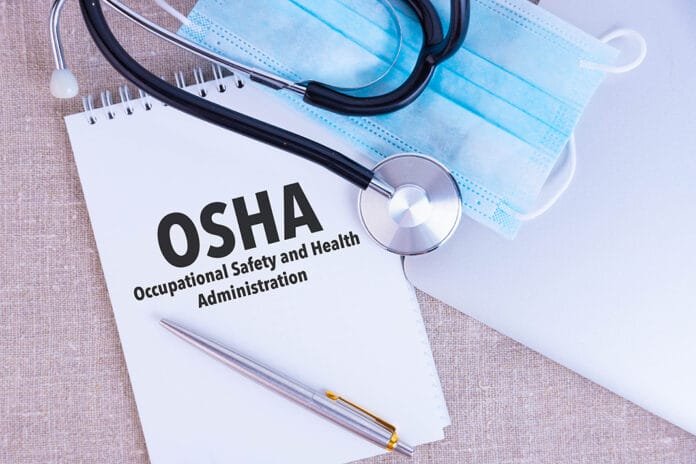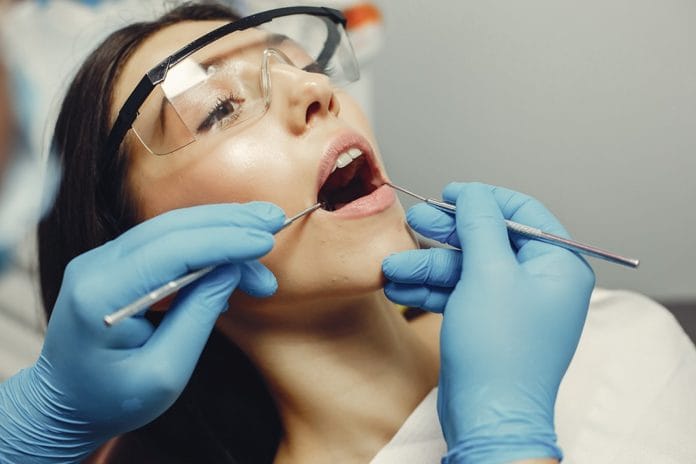Brooke Sergent, RDH, BS
An Overview of Dental Hygiene Guidelines for Treating Patients with Cardiovascular Disease
Heart disease is on the rise, and it is no secret that it's the leading cause of death in men and women across all...
Artificial Tooth Enamel: New Synthetic Material Could Impact Dental Care
The human tooth is no stranger to abuse. The human dentition has been taking a beating for years from everyday use and not-so-dental-friendly habits...
Oil Pulling: Is It Worth the Effort?
Just when I think a popular dental trend has phased out, it gets rehashed, and I find it on a particular social media platform...
De Quervain’s Tenosynovitis: The Painful Part of Practicing Clinical Dental Hygiene
While browsing social media, I recently stumbled upon a post on a dental hygiene page of an individual complaining about pain within the lateral...
Suicide in Dentistry: Revealing the Facts
Can we take a moment and address the pink elephant in the room? How often do you hear dentists have a high suicide rate?...
A Dental Hygienists’ Overview of Nano vs. Micro Hydroxyapatite
With the increased controversy of fluoride obscuring large amounts of patients’ opinions, it is imperative that dental hygiene professionals are educated on fluoride alternatives...
Oral Probiotics: The Missing Home Care Link to Controlling Oral Bacteria
The routine of proper oral hygiene is widely understood (while not always practiced) by the majority of society. For most, this practice begins with...
A Look at PAP+ as an Alternative to Hydrogen Peroxide-based Teeth Whitening
If you use social media, you are fully aware of the vanity that we pour into our looks. Some of us are so self-conscious...
OSHA’s Surprise Visits: Tips for Dental Offices to be Prepared
Prior to the pandemic, during a normal hectic workday at my office, the local component of the Occupational Safety and Health Administration (OSHA) dropped...
Hygiene Treatment CDT Code Breakdown and Patient Explanations
Some dental hygienists have likely struggled with delegating the correct code for hygiene treatment. I know it certainly happened to me, especially when the...
Suction Backflow: How Dental Hygienists Can Prevent Cross-contamination
Many of us drink through a straw. When you take a long, delicious slurp, have you ever noticed that, once you release your lips...
Do Millennials Truly Have Worse Oral Health Than Their Parents?
It’s the 21st century, and one would think that ‒ with the advancement of technology and the surplus of knowledge and research in the...
Dental Stain: Hygienists Can Ascertain Source, Help Increase Dental Patient Confidence
I think it’s safe to say that most dental hygienists loathe extrinsic dental stains. Personally, nothing exhausts me more than working relentlessly to remove...
How Short Yoga Breaks Can Relieve Dental Professionals’ Aches and Pains
Years ago, when someone mentioned yoga to me, my mind conjured up an image of posed individuals meditating while practicing serious dragon breathing in...
Dental Sealants: Saving Teeth since the 1960s
Tooth decay is no stranger to the dental professional. In fact, it isn’t a stranger to most! According to a study done by the...
Open Letter to Dentists: How to Show Appreciation to Your Hygienist
October was National Dental Hygiene Month. Unfortunately, not every dental hygienist was recognized for their efforts or shown appreciation. As I scrolled through my...
Exploration of the Human Mouth: Bacterial Colonies Do Present Dangers
The human mouth is a sodden ecosystem housing billions of microorganisms − mostly bacteria − burrowing in our gingiva, living within plaque, and surviving...
The Doorway We Use: Dental Exams Provide Valuable Medical Alerts Too
Did you know that the mouth is a window to overall health? Think about that for a second. The anatomical area treated with our...
Geographic Tongue: Dental Hygienists Can Help Locate Lesions and Guide Treatment
My favorite subject in dental hygiene school was oral pathology, which remains true 18 years later in my dental professional career. I perform a...
Cleidocranial Dysplasia: Stranger Things Series Highlights an Oral Health Condition
My husband and I recently fell victim to binge-watching Stranger Things after the much-hyped season four finale. While I admit I became captivated by...




















